Pipeline
CU06
Pipeline
CU06
CU06
The World’s First Endothelial Dysfunction Blocker
| Sortation | content |
|---|---|
| CU06 |
The World’s First Endothelial Dysfunction Blocker (Endothelial Dysfunction Blocker)
• CU06 is a small molecule developed using SOLVADYS™ platform technology and is the world’s first endothelial dysfunction blocker that strongly inhibits damage, hyperpermeability, and inflammation of endothelial cells. • CU06, a treatment for intractable vascular diseases caused by various endothelial cell dysfunction, has been out-licensed to Thea, a French ophthalmology company in October 2021. US Phase 1 clinical trial has been completed in June 2022. |
| Indication | Diabetic Macular Edema, Wet Age-related Macular Degeneration |
| Unmet Needs |
• Non-response or poor response rate to the current Anti-VEGF treatment: is around 40% • Risk of inflammation, pain, and fear due to intraocular injection |
| Mechanism of Action |
• Fundamentally inhibits hyperpermeability by stabilizing endothelial cell junctions through modification of vascular endothelial cell actin structure. • Inhibits NF-κB inflammatory signaling pathway in vascular endothelial cells • Enhances survival rate and protection for vascular endothelial cells |
| Efficacy & Safety |
• In vivo anti-hyperpermeability efficacy of CU06 was determined in endothelial cell (EC) dysfunction-related disease models. • Oral administration of CU06 inhibited retinal vascular leakage in VEGF or Angiopoietin-2 (Ang2) induced vascular leakage mouse model, Streptozotocin (STZ)-induced diabetic retinopathy mouse model and, CNV model in beagles. |
| Market |
• 3.5 billion US$ in 2016 • Forecasted to be 6.66 billion US$ by 2026 |
Indication
Diabetic macular edema
Diabetic macular edema is a disease in which liquid penetrates and swells into the macula, the light sensory layer, leading to blindness from aggravation of symptoms. Although anti-VEGF injections are used, treatment is clearly limited due to a high nonresponse rate and concerns about side effects such as increased intraocular pressure, cataract, and inflammation. So, there is an urgent need to develop a drug with a novel approach with the convenience of use for patients.

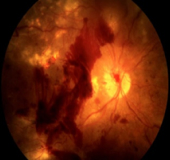
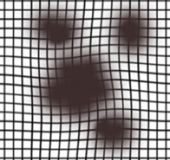
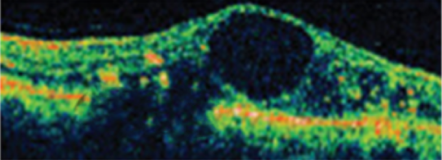
Wet age-related macular degeneration
It is a disease in which degeneration occurs in the macula, the nervous tissue that enables you to see objects in the fovea (the center of the inner retina of the eye) clearly and causes symptoms such as decreased vision or vision distortion (metaplasia). Age-related macular degeneration can be broadly divided into non-exudative (dry) and exudative (wet). In the case of wet age-related macular degeneration, it greatly affects vision loss, and if left untreated, it can lead to blindness.
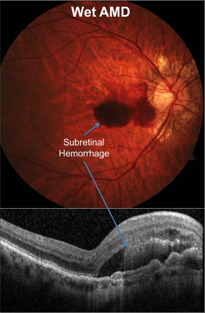
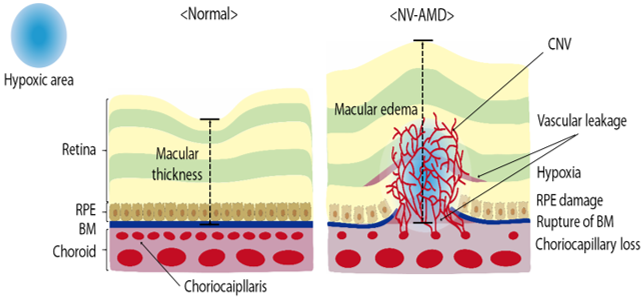
Unmet Needs
Mechanism of Action
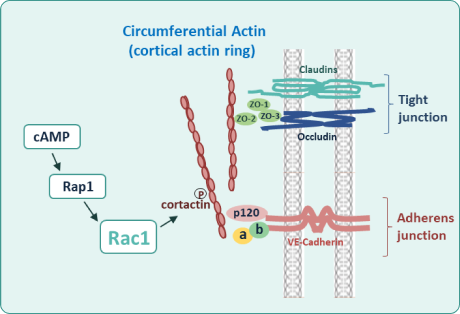


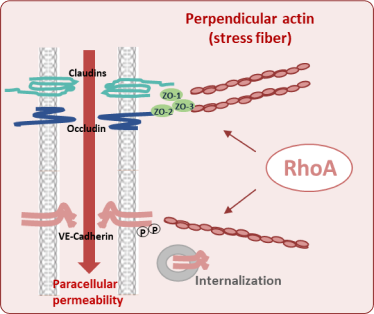
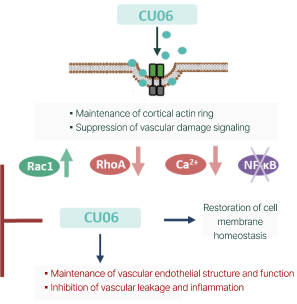
Signals that reduce permeability
• Generally, act through three small GTPases, Rap1, Rac1 and Cdc42
• Enhanced by stimuli that elevate cAMP levels
• cAMP directly activates the RapGEF Epac, which activates Rap1
Signals that increase endothelial permeability
• RhoA/Rock activation is common in leading to stress fiber formation
• Reactive oxygen species generated by ECs, MΦ, and PMNs and cytosolic Ca2+
• Phosphorylation of VE-cadherin and internalization
• Phosphorylation of claudin-5 and occludin
Efficacy
CU06 oral-administered animal experiment results: strong inhibition of vascular leakage and angiogenesis
Resistance to various vascular leakage inducers
Effective inhibition of vascular leakage by Angiopoietin 2 compared to Aflibercept
→ Aflibercept (Direct eye injection) , CU06 (Oral)
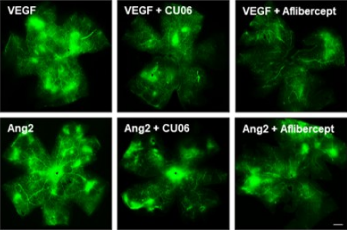
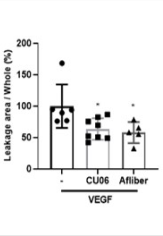
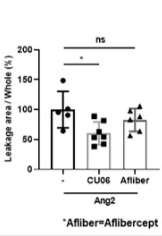
Ang2: Angiopoietin 2
Inhibition of abnormal angiogenesis by CU06 in OIR model
Inhibition of the formation of abnormal retinal neovascularization & vessel stabilization in OIR model
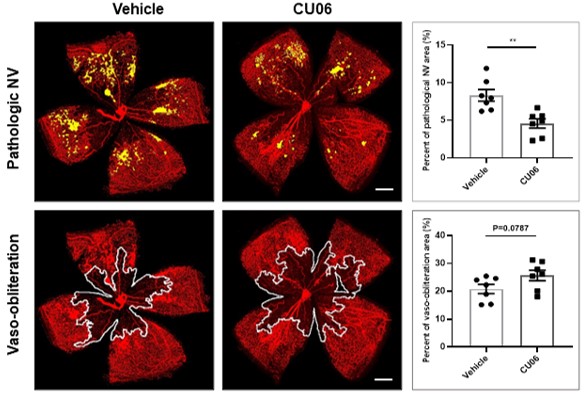
Significantly reduced tuft formation and slightly increased avascular area
(OIR: oxygen-induced retinopathy)
Excellent inhibition of vascular leakage in STZ-induced diabetic retinopathy model
Similar effect about leakage suppression compared to Aflibercept
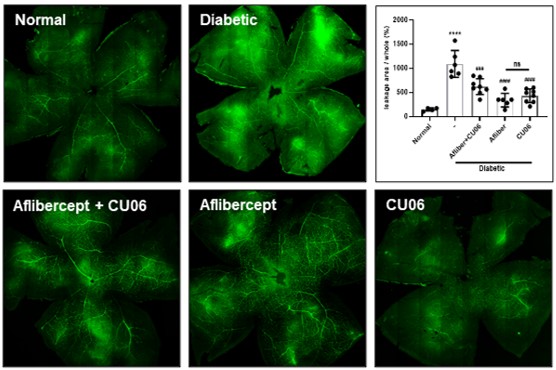
STZ: streptozotocin
Global Sales Forecast for Macular Edema by Country, 2016 and 2026
2016

2026

Source : GlobalData